Yellow-Edged Eel
$169.99
-
Select Variant
A Yellow Edged Eel is an extra large moray eel species that can grow to lengths as high as 8 feet as a mature adult. Smaller or younger-sized Yellow Edged Eels are primarily colored from brown to purple with its name referring to the yellow edge, or border, which runs along the entire length of the fin. As the Yellow Edge Eel grows older in size, its body color gets more smoky with a beautiful, creamy yellow-gold coloring.
The Yellow Edged Moray Eel requires an aquarium that is 300 gallons or greater in terms of volume, and with robust filtering. A powerful protein skimmer is advised due to the carnivore diet this eel is known to produce lots of waste. Aquascape regularly with live rocks in a variety of shapes and sizes to form a web of crevices, caves and tunnels for the Yellow Edged Moray Eel to explore and find refuge in the middle of the daytime. A suitable size PVC tubes can also be used to build synthetic "dens". They are most active during the night. The Yellow Edged Moray Eel is found spending much of the day hidden, moving around in the dark to find food.
Moray Eels can be escape artists. To prevent loss, put a tightly fitting aquarium top on and ensure there aren't any gaps for the eel to get through.
A natural predator the Yellow Edged Eel requires two to three large meals per week, which include meaty food like frozen or live fish such as silversides shrimp, krill or crustacean flesh served with a feeder stick. Moray Eels have weak eye vision and should not be fed with a hand to prevent injury. It is essential to be careful with Moray Eels since they have powerful jaws as well as sharp teeth.
Approximate Purchase Size:
- Medium: 10" to 18";
- Large: 18" to 26"
- Description
- Additional Information
- Reviews
Info About Yellow-Edged Eel
The Yellow-Edged Moray ( Gymnothorax flavimarginatus) has a variety of names, such as Yellow-Margin, Leopard, and Speckled Moray Eels.- They sport dark brown or black body that is adorned with yellow speckles.
- They are often found in the Indo-Pacific Ocean, in outcroppings or mid-level reefs & consume fish & crustaceans from dusk until dawn.
- They are among the only predators to Lionfish (Pterois miles) in the Red Sea & may also create a symbiotic relationship cleaner shrimp.
- They can grow to a maximum of 96 inches.
- They should be kept in a cool and deep enclosure, with dim lighting and be fed a balanced diet of fish and crustaceans.
size
Large, Medium, Small
Units
1
Weight
6 lbs
Dimensions
1 × 1 × 1 in

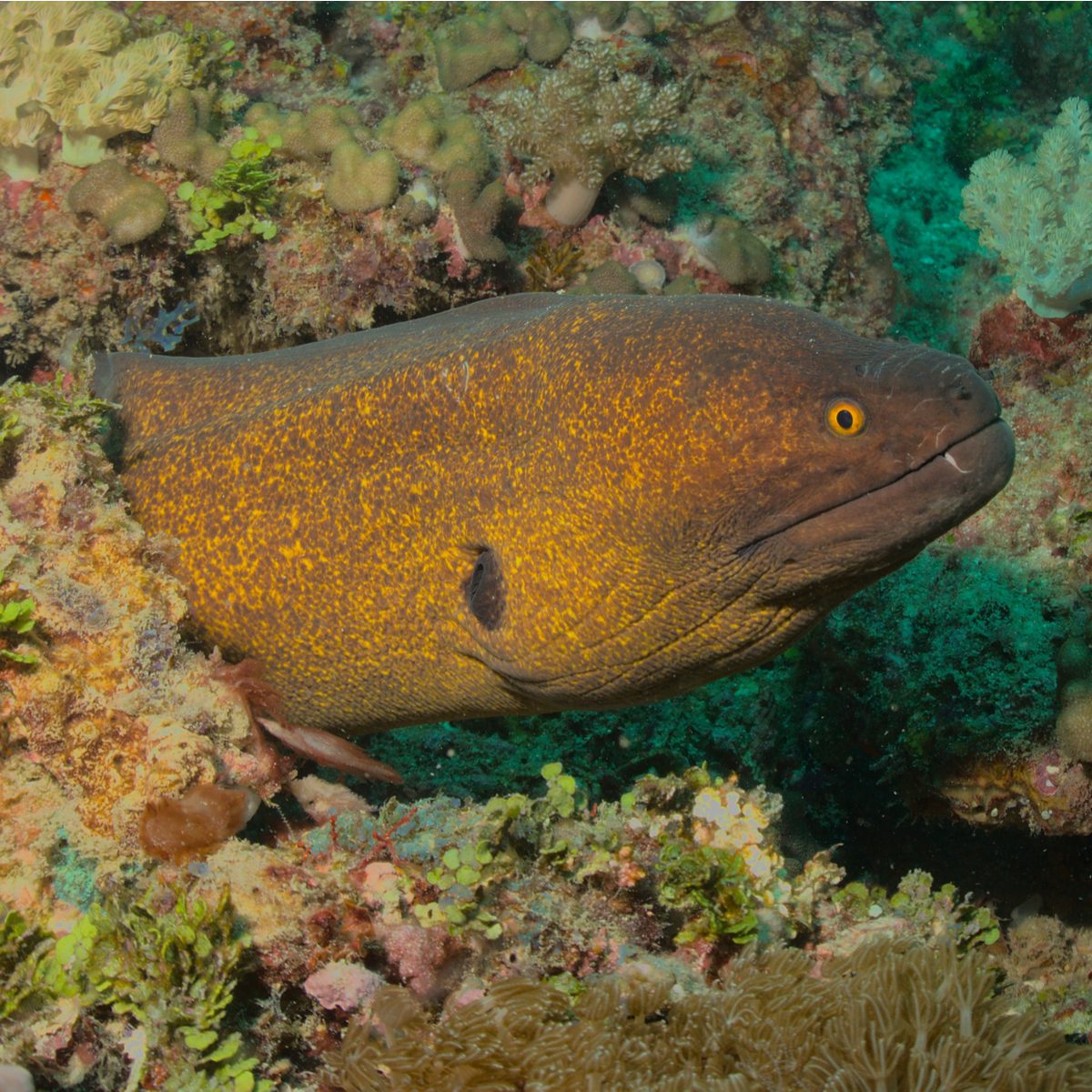
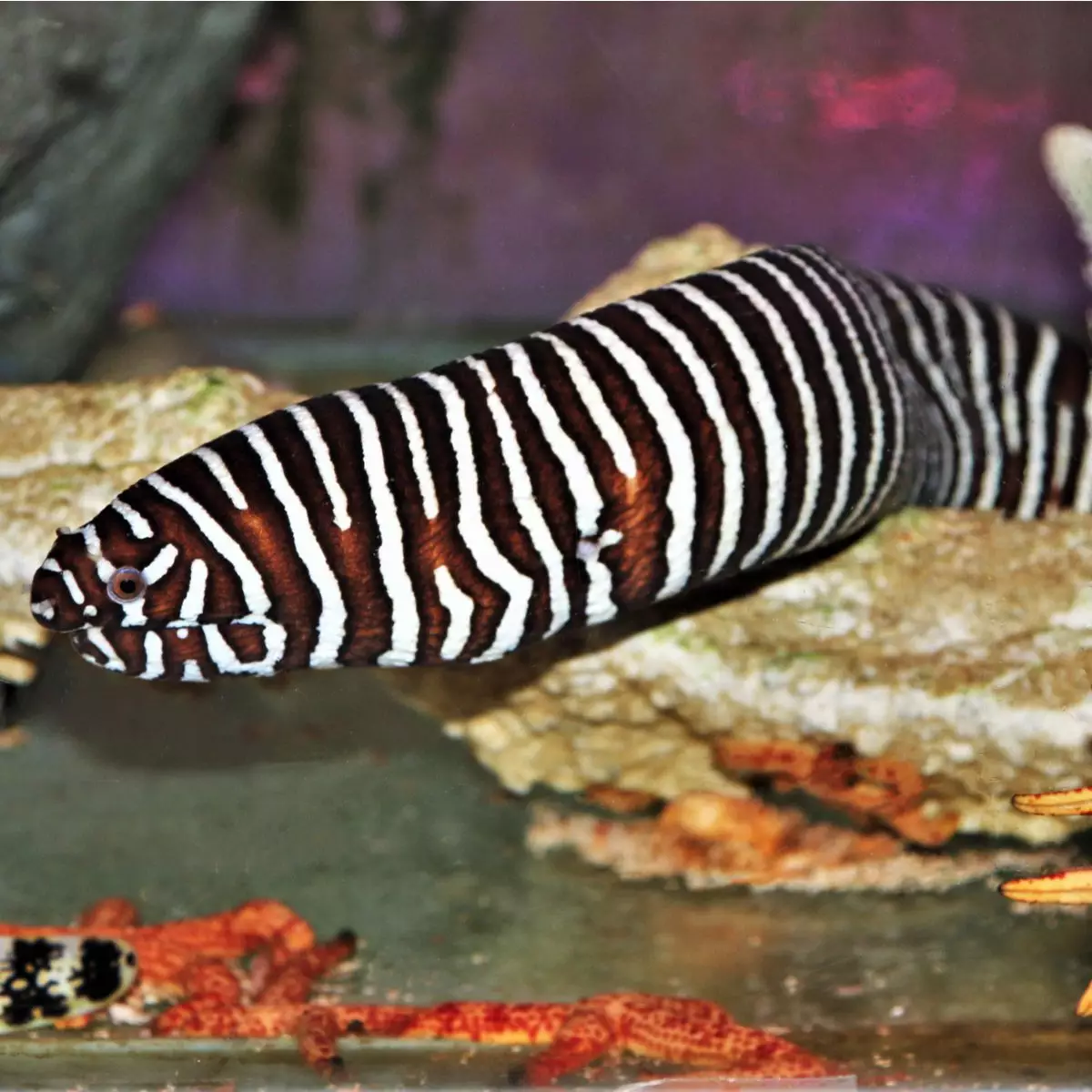

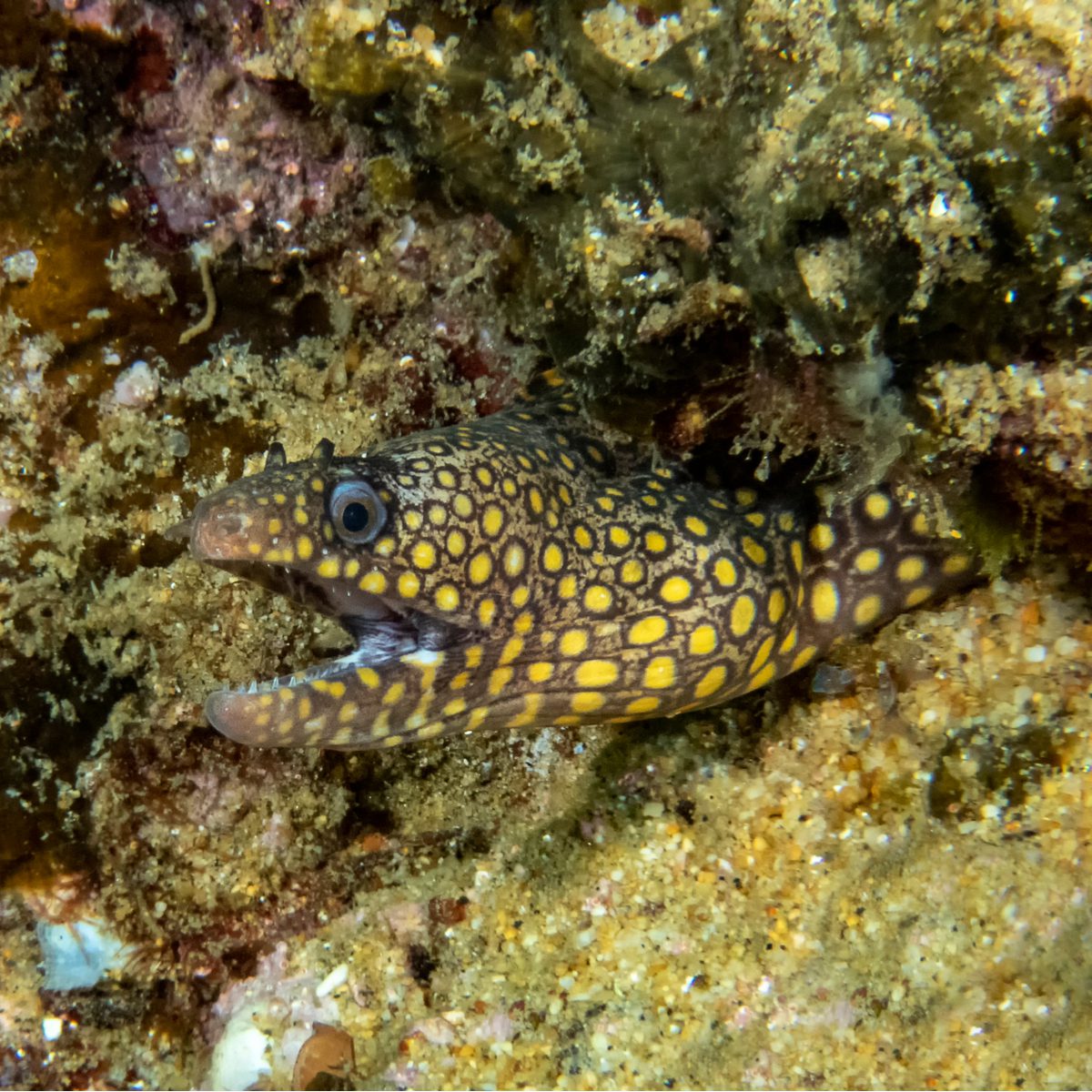
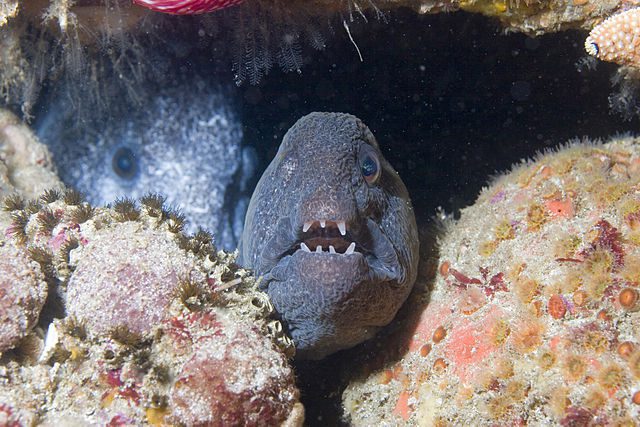

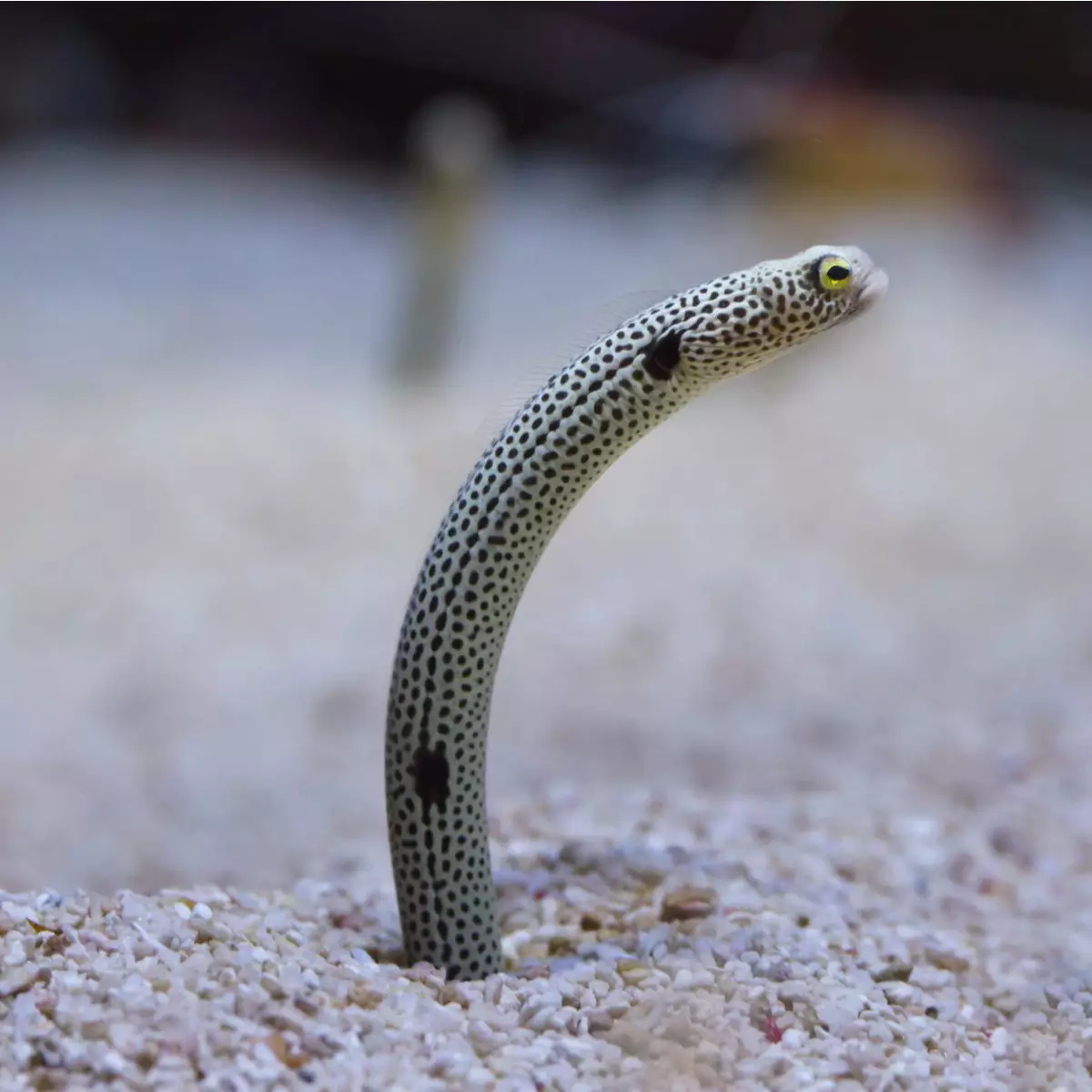
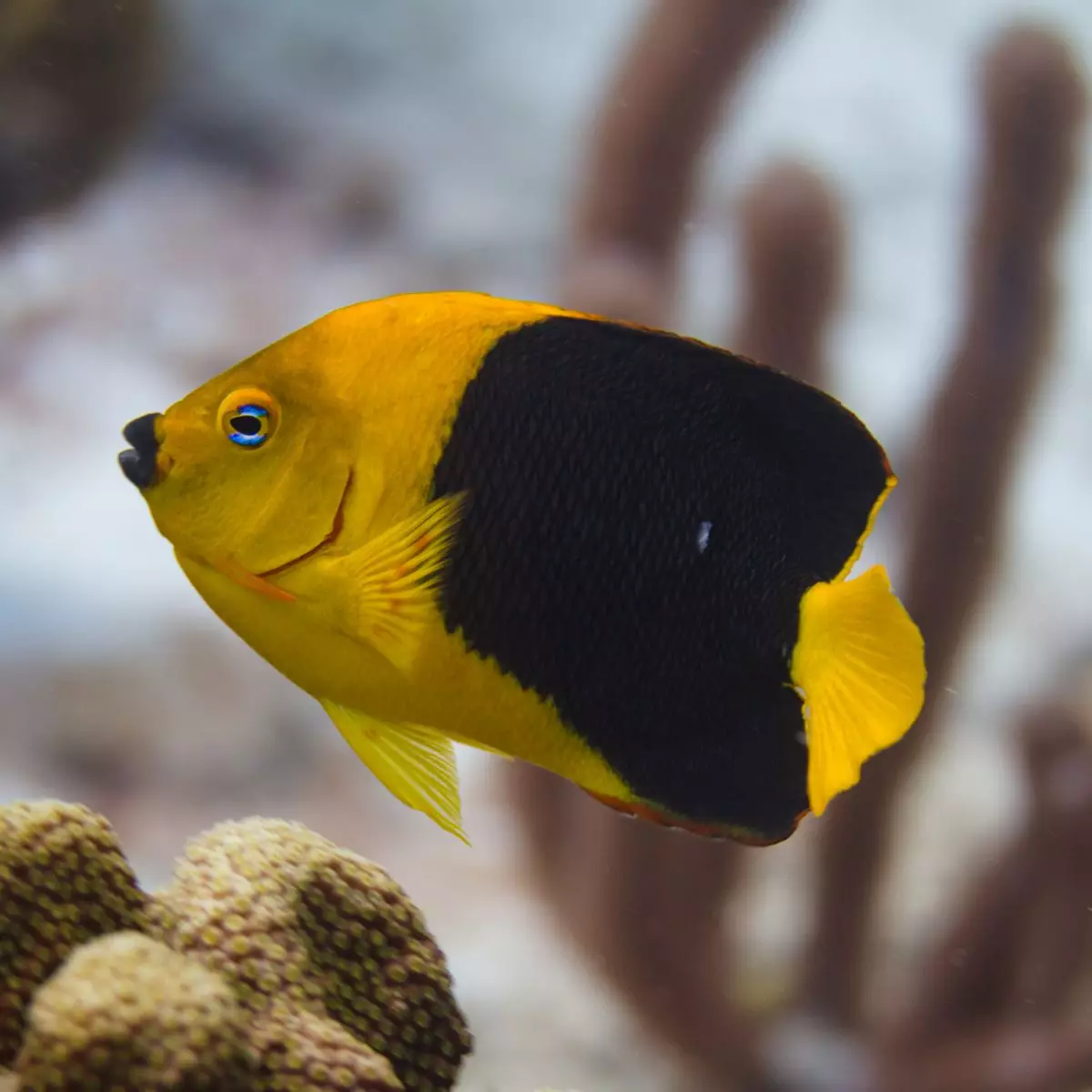
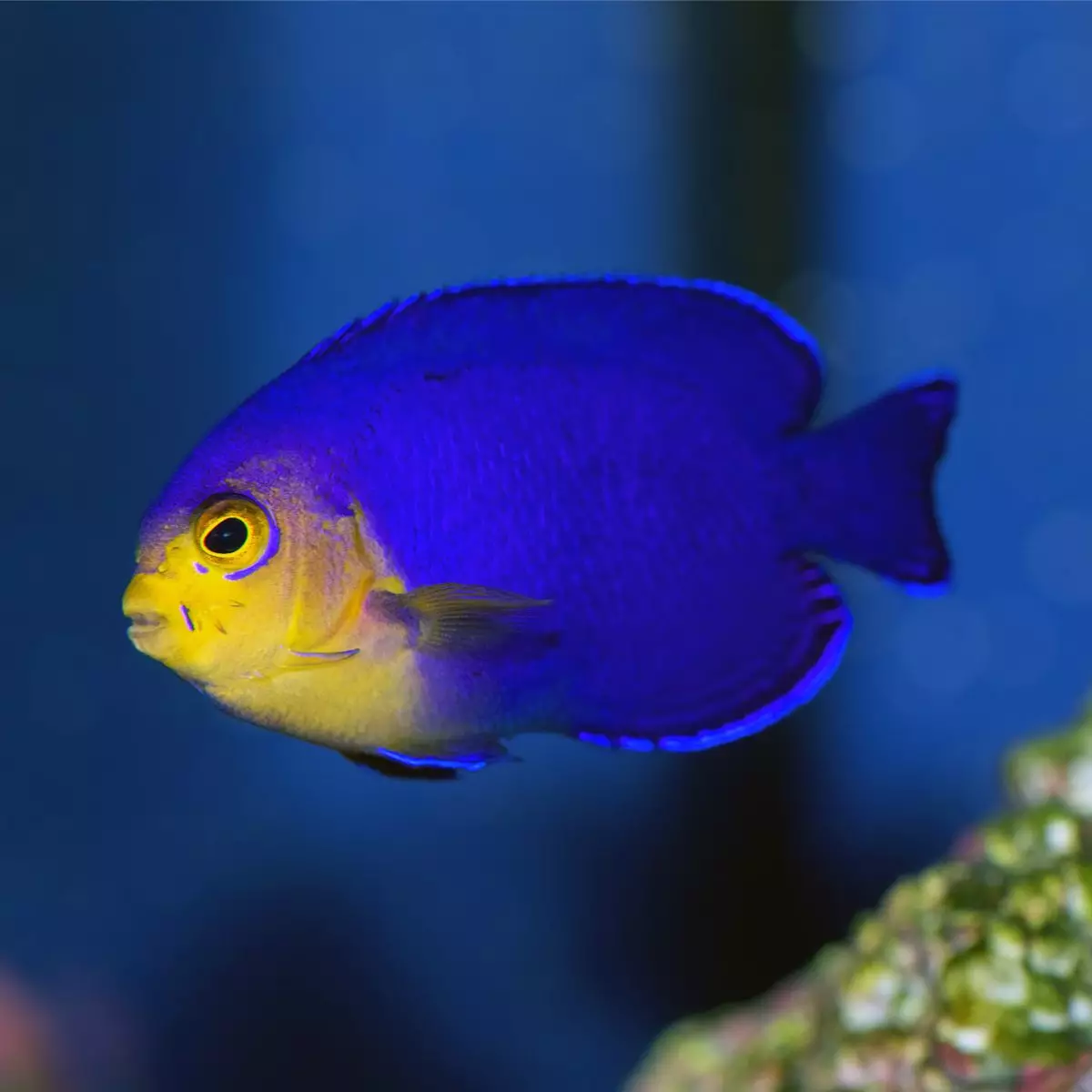

Reviews
There are no reviews yet.